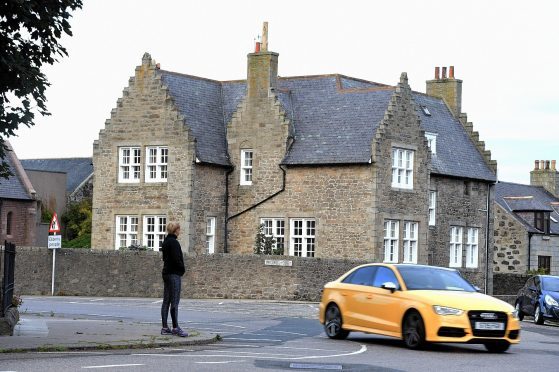A former north-east care home has gone back on the market again after having its price slashed.
Buchanan House closed last October with its final resident moving to another facility in Fraserburgh.
It was put up for auction by Glasgow firm, Auction House Scotland, at a valuation of £350,000, but has failed to sell since December.
Last month, the property was pulled from auction when it was expected to fetch about £295,000.
At the time, auctioneers provided no explanation for this move.
It has now been relisted at a further reduced valuation of £250,000. Bidding is scheduled to begin on May 11.
The B-listed property has 14 bedrooms and two bathrooms.
In a fresh effort to promote interest in it, Auction House Scotland said: “This is an excellent opportunity for an investor looking for a great return on their money or a builder or developer looking to change the property into residential accommodation.”
Inverness-based Marchmont Homes, which owns the property, has declined to comment on the building’s future, but some neighbours are concerned that a developer could convert the former home into a house in multiple occupation (HMO).
One resident suggested that locals do not want “the problems” associated with an HMO on their doorsteps.
He said: “The continued uncertainty regarding the future of the property is disappointing.
“Local residents are still concerned over its future, and fear it may become a HMO as at the Station Hotel.”
Homeless charity Shelter has declined to comment on the speculation surrounding the building.
The closure of Buchanan House, which had operated for about 30 years, came just a year after the Care Inspectorate branded staff at the home “exhausted”.
Employees told inspectors they had no time to talk to the people they were supposed to be looking after and had to use petty cash to pay for shopping, leaving residents waiting for personal allowances.
A team from the watchdog concluded that the only reason the facility was running safely was the “goodwill” of staff and the shifts they were working which were “frequently in excess of 50 hours a week and for seven or eight consecutive days.”
